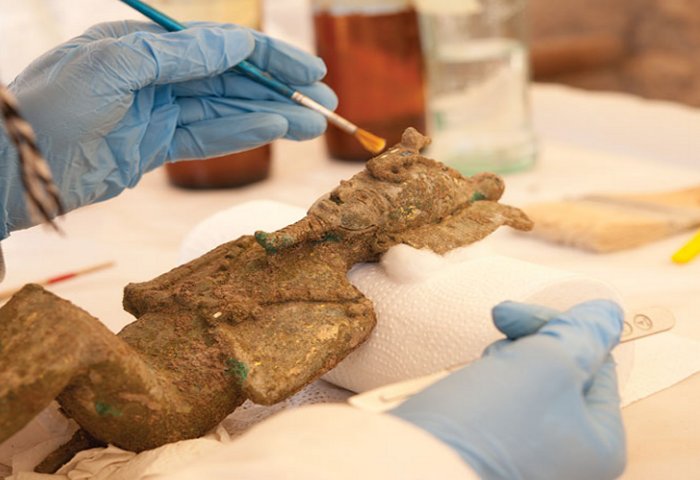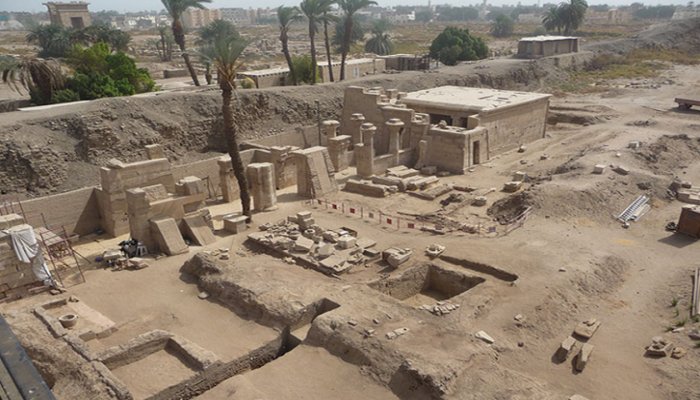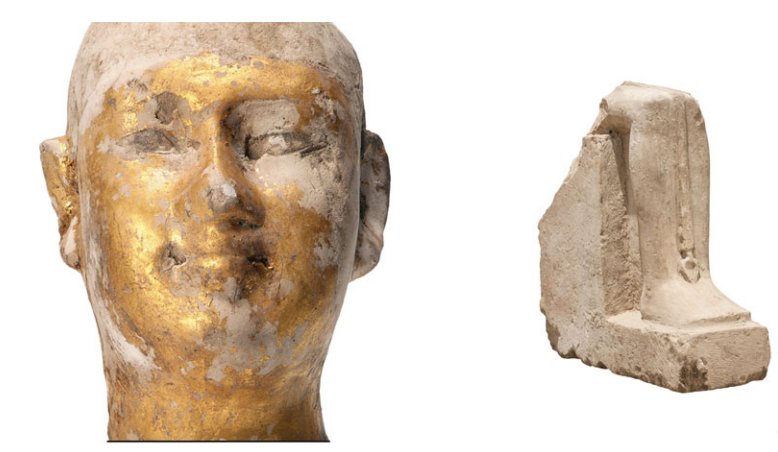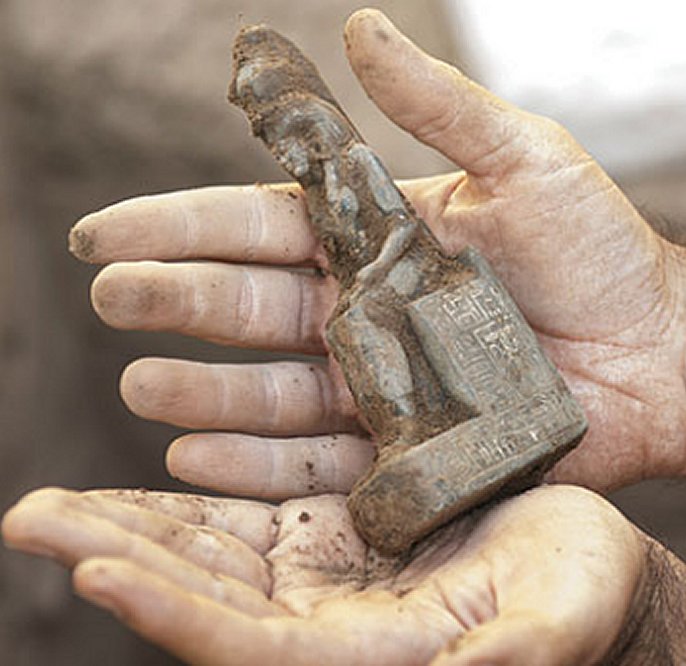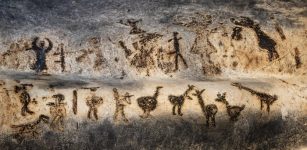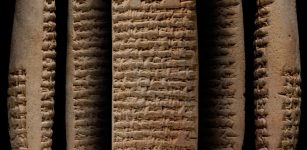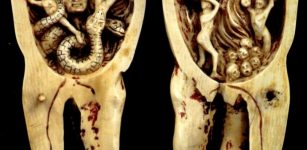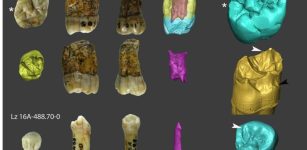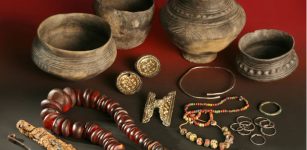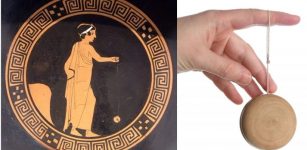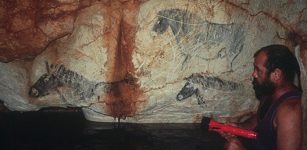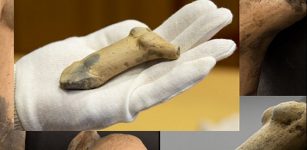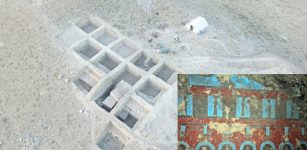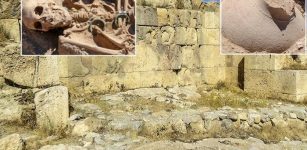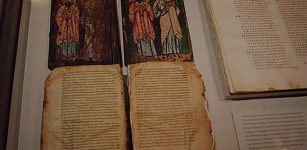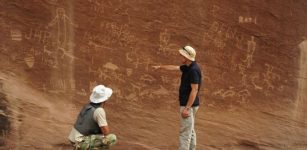Afterlife Of Egyptian Religious Statues Intentionally Hidden In The Temple Of Ptah At Karnak
AncientPages.com - A cache of religious objects, commonly known as ‘favissa’, is considered to be difficult to date and document.
One of such intriguing collections was unearthed in 2014 and the place of this important discovery is the temple of Ptah at Karnak, Egypt.
The favissa - an intentionally hidden cache of religious objects - contained numerous fragmentary statuettes and figurines, including 14 representing Osiris, carefully arranged around a larger central statue of Ptah. Researchers compared this cache with evidence from other Egyptian favissae, to explain the creation of such caches.
In their paper, researchers report that the favissa contained 38 objects made of limestone (some gilded), greywacke, probably wood (but completely lost), copper alloy, faience and Egyptian frit.
These are: "fourteen statuettes and figurines of Osiris;
Eleven fragments of inlay (iris, cornea, false beard, cap, strand of hair, inlay plaque) from statues;
Three baboon statuettes (representing the god Thoth);
Two statuettes of the goddess Mut (one with hieroglyphic inscriptions);
Two unidentified statuette bases;
One head and one fragmentary statuette of a cat (Bastet);
One small fragmentary faience stele recording the name of the god Ptah;
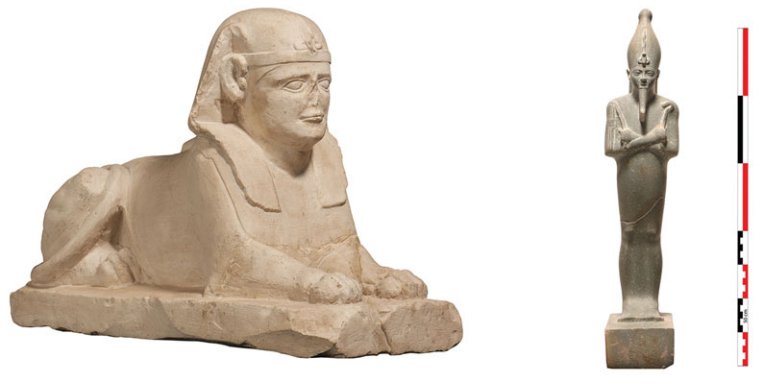
Main artefacts discovered: top left) male head; top right) lower part of the limestone statue of the god Ptah; bottom
left) limestone sphinx; bottom right) small statue of Osiris (© CFEETK-CNRS-MoA: J. Maucor).
One head of a statuette of a man in gilded limestone; One lower part of a statue of the seated god Ptah, sawn and repaired; One sphinx; One unidentified metal piece. With one exception, all of the artefacts were fragmentary, having been damaged in antiquity…”
See also:
Canopic Jars: Funerary Tradition Of Ancient Egyptians And Their Beliefs In Afterlife
Thoth: Ancient Egypt’s Most Mysterious, Highly Venerated God Of Knowledge And Writing
Khufu Boat And Unique Boat-Building Technique Of Ancient Egyptians
Rock-Cut Tombs Of Beni Hasan With Spells, Prayers To Osiris And Anubis And Map To Underworld
The archaeologists reports that artefacts were found “less than 3m behind the edifice of Thutmosis III, 1.75m south of the mudbrick enclosure of Nectanebo I. It quickly became clear that a series of earlier reconstructions had disturbed the area…”
Excavations confirmed that the favissa had been intentionally dug between two long brick walls running north–south. They were probably placed here as a preparatory structure for the laying of paving that no longer exists. The favissa and the brick wall to the west would, therefore, have been covered by paving slabs.
The oval-shaped pit measured 1.46m north–south and 1.05m east–west. Its vertical sides were exposed to a depth of almost 1m. The study revealed that the artefacts from the Ptah ‘favissa’ had been used for a long time before being deposited. The fragmentary statue of Ptah dates back to the New Kingdom, probably to the pre-Amarna period.
Several of the figurine were decorated with intricate and well-preserved details, which significantly helped toidentifythem. It is believed that the artefacts were made between the 25th and 30th dynasties, between 760 and 343 BC.
The artifacts were most probably ritual, frequently used objects; many were found damaged and experts suggest that they reached the end of their so called 'lives'.
AncientPages.com

